A Conversation with Kathleen Maynard, CMHI
 Unlike the manufactured housing industry in the United States, the market for manufactured homes in Canada remains rather prosperous by comparison. A Canadian Manufactured Housing Institute (CMHI) report for the 3rd quarter of 2010 shows some 3,608 factory-built single-family homes were started in the third quarter, representing a 17 percent improvement over the same period in 2009; and that factory-built units have started to improve as a share of total single- family housing starts. In raw numbers, that may not immediately impress, but consider the population variation. The population of Canada is approximately 33,700,000, compared to some 307,000,000 in the U.S.
Unlike the manufactured housing industry in the United States, the market for manufactured homes in Canada remains rather prosperous by comparison. A Canadian Manufactured Housing Institute (CMHI) report for the 3rd quarter of 2010 shows some 3,608 factory-built single-family homes were started in the third quarter, representing a 17 percent improvement over the same period in 2009; and that factory-built units have started to improve as a share of total single- family housing starts. In raw numbers, that may not immediately impress, but consider the population variation. The population of Canada is approximately 33,700,000, compared to some 307,000,000 in the U.S.
The healthy market has attracted a number of U.S. companies to become certified to do business in Canada where communities are being updated and renovated. There are also important distinctions in the market that some credit with the success of the industry in our northern neighbor.
The third-quarter report also showed a surge in imports of manufactured buildings, and weak exports resulted in Canada registering a trade deficit of manufactured buildings, its first since the fourth quarter of 2008. The report indicates that although the U.S. still accounts for the majority of exports of manufactured buildings, demand should continue to waver as the housing market in the U.S. remains depressed.
Kathleen Maynard, Executive Director and CEO of the Canadian Manufactured Housing Institute, spoke with MHMSM.com about some of the differences between the market and regulatory environment in the U.S. and Canada.
A major difference, and one that has kept the market strong and attracted U.S. companies, is the fact that chattel loan financing is for the most part readily available in Canada.
Maynard explains the Canada Mortgage and Housing Corporation provides chattel loan insurance for manufactured homes when land is not involved.
“If you’re putting a home into a land-lease community without purchasing the land, then they provide the insurance to facilitate those sales,” Maynard says. “It’s required you need to get mortgage insurance with less than 25 percent down payment. CMHI provides that.”
A five percent down payment requirement is typical in Canada. The maximum amortization period on chattel loans is 25 years. Effective March 18, the maximum period is 30 years for other mortgage loans. Maynard says other features of the two types of loans are consistent. Default rates on chattel loans are not available.
Perhaps most notable is that Maynard says there is typically appreciation on homes purchased with chattel loans in Canada.
“There would be a comparison made of recent purchase prices of similar homes in the area, and factors such as improvements and retrofits made would be taken into account,” she says.
While manufactured homes in the United States are somewhat distinct from other forms of both factory-built and site-built housing because they follow federal manufacturing and safety standards, Maynard explains there is no equivalent to the HUD Code in Canada.
“There’s no across-the-board federal standard,” Maynard explains. “Anything produced in the factory has to meet the same requirements.” In some ways, she says, it may be easier to have factory-built housing installed in Canada. All factory-built housing must meet standards set by the Canadian Standards Association (CSA).
That’s not to say local building officials aren’t able to at times restrict the placement of manufactured housing. Local building officials do have the authority over technical requirements.
For example, Maynard says some local jurisdictions don’t approve homes built to something known as the Z240 standard, which she says is the closest thing Canada has to the HUD Code.
“If it’s just built to CSA Z240, they may not approve it,” she says, explaining that that standard has recently been updated to mirror the national building code, which is voluntarily adopted by Canada’s provinces.
Zoning issues can also prevent placement of manufactured homes in Canada, but that, she says, is largely due to issues surrounding terminology and outdated regulations. These issues are particularly acute in the province of Alberta.
This is not to suggest the grass is always greener across the northern border. The industry has had its ups and downs in recent years. Maynard says while 2008 was generally a very good year for the industry, 2009 was terrible, and while 2010 started off strong, there was a bit of a decrease in the second half.
“Most economists are projecting deceleration for 2011, but not a complete collapse or anything; just a downturn in keeping with demographic requirements,” Maynard says. “Prior to economic meltdown, we were producing at levels above what was projected by demographic requirements. Particular markets were very hot. What they’re saying now is a return to normal. 2009 was below normal. 2010 and 2011 are stabilizing.
Regionally, Maynard says Quebec and Ontario did better in 2010 than 2009 and activity in British Columbia is on the rise, but Alberta is “not as hot as it used to be.”
“There was a huge boom in Alberta and Saskatchewan in ’06, ’07 and ’08,” Maynard says. “It’s not as hot as it was, but still good there. No market is experiencing a huge boom.”
Maynard says “the landlease community option has been more attractive to first-time buyers looking for lower cost, or seniors who want to free-up equity and spend half the year in Florida. Typically the industry has looked to those consumer segments.”
While manufactured housing typically makes up ten percent of single-family housing starts in Canada, Maynard says, as for over-all starts, multi-family is accelerating faster than single-family.
“It could be due to housing costs, aging population, all sorts of things,” she says.
While the hottest industry topics in the United States seem to center around financing and regulation, the most talked about issues in Canada are an aging population and how that affects the number of sales and type of units and how design might be affected, a shortage of skilled labor and the use of social media.
“The shortage of labor is in a way a result of aging population,” Maynard says. “The average age of a brick layer is something like 68. There are a range of federal and provincial programs trying to deal with that.” For example, she says the ideas of additional apprenticeship certifications and allowing apprentices to move across provinces are being explored.
Maynard says the aging population is resulting in more multi-generational households, so demand for homes with two master suites, as an example, is on the rise.
The biggest difference, Maynard says, between the industries in Canada and the United States is the distinction made between manufactured and factory-built housing in the U.S. That distinction isn’t made in Canada and may be the reason why what is called manufactured housing doesn’t have much of a stigma across the northern border.
“There has been a lot of positive press (in Canada) with improvements in design and green technology and with manufactured housing being an environmental choice,” Maynard says. “There’s interest in the architect and design community. Developers and planners are seeing it as a good green choice.
“We talk more about factory-based construction,” she says. “That’s been a way to address the stigma. That was a concern for many years. There’s more of a recognition that with certification and quality control, waste-management and protection from the weather, the benefits are more recognized.”






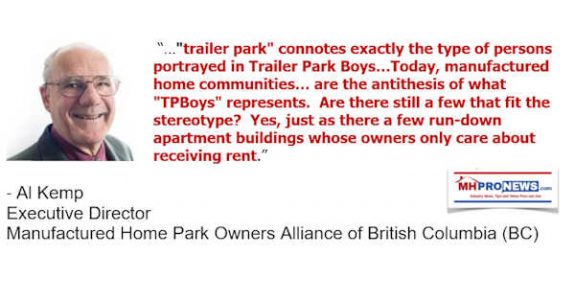


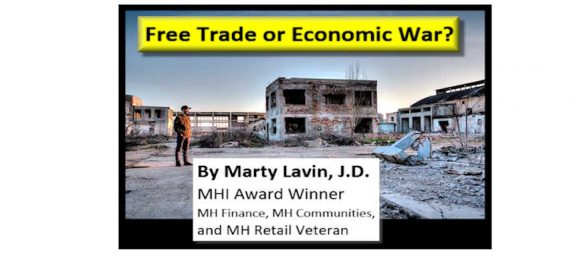
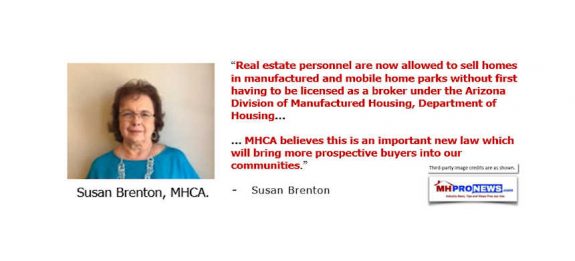
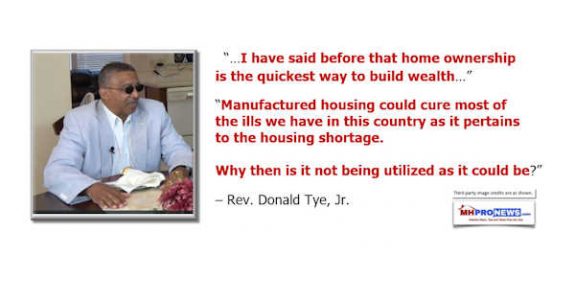
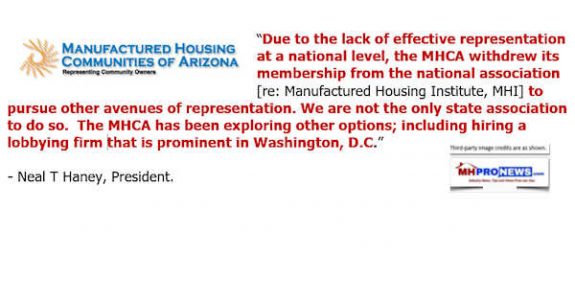




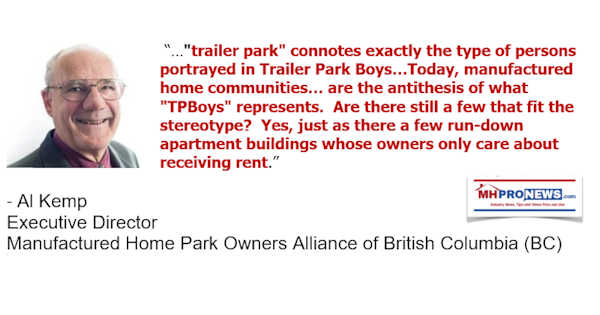


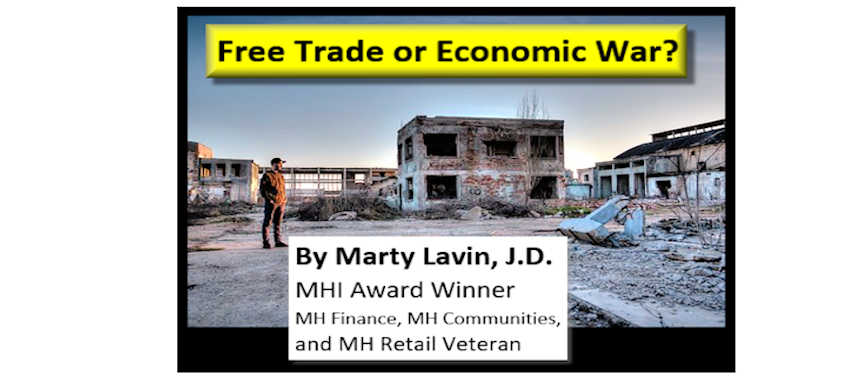
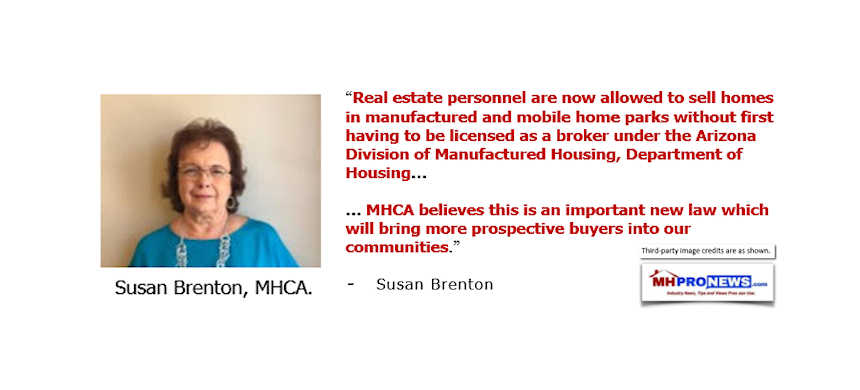
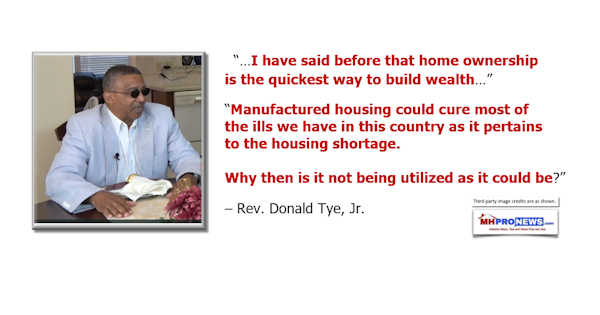
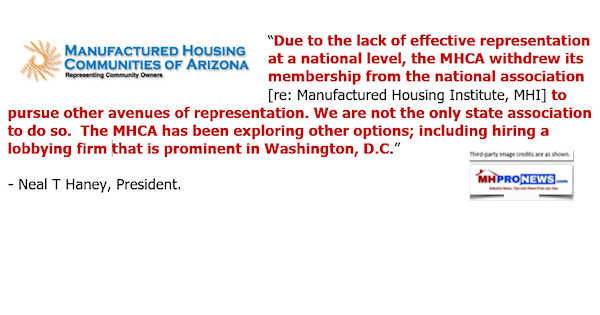

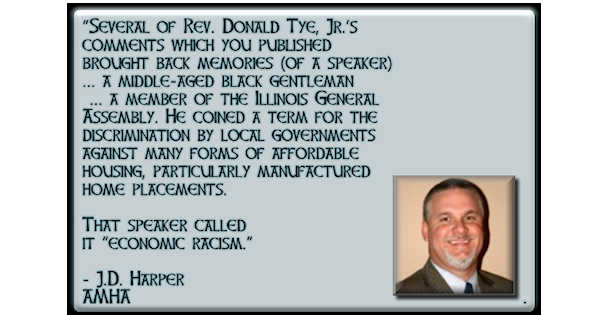
Karl Radde – TMHA, MHI, Southern Comfort Homes – Addressing Bryan City Leaders, Letter on Proposed Manufactured Home Ban
To All Concerned [Bryan City Officials, Others]: As the retail location referenced by Mr. Inderman, I would like to take a moment to address the …